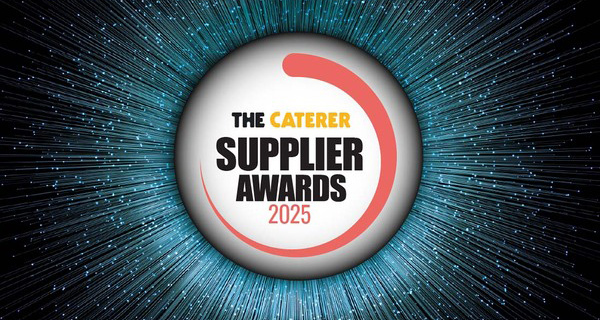How to prepare for Natasha’s Law
If you haven’t tested out your food labelling and allergens identification, it’s not too late to ready your staff and suppliers, says Stephen Nolan.
From October 2021, Natasha’s Law (the UK Food Information Amendment Act 2019) will require all food that is pre-packed for direct sale (PPDS) to display a label with a full ingredients list, including the 14 allergens. PPDS products are sold every day across the country in outlets including cafés, restaurants, hospitals, schools, gyms, hotels, workplaces and many more locations.
Hospitality operators must break down what they need to look at and take a planned approach to compliance. Time is running out, but by starting now, there is still enough time to identify any changes that need to be made without danger of missing the deadline.
There are some excellent resources and educational support available through the Food Standards Agency, and there are also solutions that will reduce the risks of inaccurate ingredient and allergen information appearing on labels. Automating as much of this process as possible will lead to reduced risk of errors as well as saving time and money.
Automating as much of this process as possible will lead to reduced risk of errors as well as saving time and money
There are six key steps to getting your business ready on time.
Suppliers and stock
Start now and put robust processes in place. Make a list of suppliers and audit all ingredients and products. Explore what information you receive from your suppliers and what format it is in: is it recorded manually or inputted to a database?
Make sure you are familiar with how you are notified if there are changes to ingredients, and ask whether there is any variation on suppliers depending on the chef or location.
Software and hardware
How does your business collate information on stock, ingredient composition, recipes and agreed substitutions? If you have an existing software system, does it allow you to set up a supplier database or is the information manually entered? It may be worth considering whether recipes should be standardised across your business rather than allowing variation depending on chef or location.
An important part of achieving compliance is labelling capability. Does your technology allow you to automate the information from stock to shelf and generate labels from original ingredients, recipes and design? You’ll also need to think about whether you need printers on-site and if the label format you are using is compliant with Natasha’s Law.
If you need to print anything more than 250 labels a week, it is likely that you will require a thermal printer rather than inkjet due to the volume of labels and ink needed. It’s also worth considering whether your labels need to withstand cold or hot temperatures.
Staff training and education
Allergen management is the responsibility of all staff. Whether involved in ordering ingredients, recording stock deliveries, producing the food or serving customers, all your employees need to know the regulations when it comes to allergen management and what’s changing with Natasha’s Law.
Consider appointing an ‘allergen champion’ to provide ongoing training to staff. There will be points when training needs to be refreshed, when menus change and seasonal products are offered.
If you don’t have the expertise in-house, then look at guidance from the Food Standards Agency and AllergyUK.
Stress test
Once you have all your ingredients noted and your system is in place, your software partner will work with you to conduct a trial run, stress-testing the process of printing labels from start to finish.
If you have multiple locations, choose one for a complete trial of Natasha’s Law compliance, labelling all PPDS products. Evaluate everything, from the accurate recording of stock deliveries to noting ingredients and allergens in recipes. Check the way that allergens appear on labels is compliant and ensure that the right label goes on the right product.
Review and refine
Once you’ve completed all the previous steps, it’s time to review and refine.
Check and note each step, from stock through to the label going on the right product. Ensure staff training is integrated with this evaluation – those responsible for each area will be close to solutions and also need to be aware of any risks that need to be managed.
By 1 October, your business should be generating accurate ingredient and allergen information on labels, ready for consumers to buy off the shelf.
Stephen Nolan is the managing director of Nutritics
Photo: monticello/shutterstock.com

















